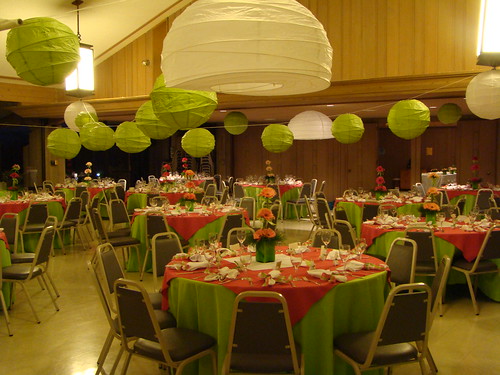Determination, persistence and true grit are qualities that we try really hard to instill in our students, but with little success. No matter how often – or how loudly – we tout the virtue of steadfastness, they remain utterly inured to its allure.

When contemporary accomplishments are increasingly measured in terms of fleeting sound bites, undergraduates are hard put to think of spending oodles of time on a term paper, say, or a senior thesis, let alone devoting much of their life to the dogged and single-minded pursuit of a research agenda.
Under the circumstances, the hosannas that have recently greeted the publication of the fourth volume of Robert Caro’s biography of Lyndon Johnson are especially welcome. A consummate stylist with a keen eye for the telling detail, the author has spent years - 36 of them, in fact - accumulating material and insights as well as le mot juste. “It’s not writing that takes Caro so long but, rather, rewriting,” explains Charles McGrath in his recent New York Times profile. Now, that’s what I’d call heroic.
But then, Robert Caro has nothing on Rabbi Adin Steinsaltz who recently completed the very last volume of his monumental translation of and commentary on the Talmud, a project that took him 45 years. Appearing just the other day on the PBS show, “Religion and Ethics Newsweekly,” Rabbi Steinsaltz seemed energized and eager to keep on making the Talmud “available to everyone.”
Feted by the current members of the United States Supreme Court, including Ginsburg, Kagan and Scalia, who some years back held a reception in his honor at the Supreme Court itself, Steinsaltz takes the life of the mind to new and unimaginable heights.
Whether our interests reside in presidential politics or in hermeneutics, may Adin Steinsaltz and Robert Caro continue to hold us rapt.
Students: take note.










